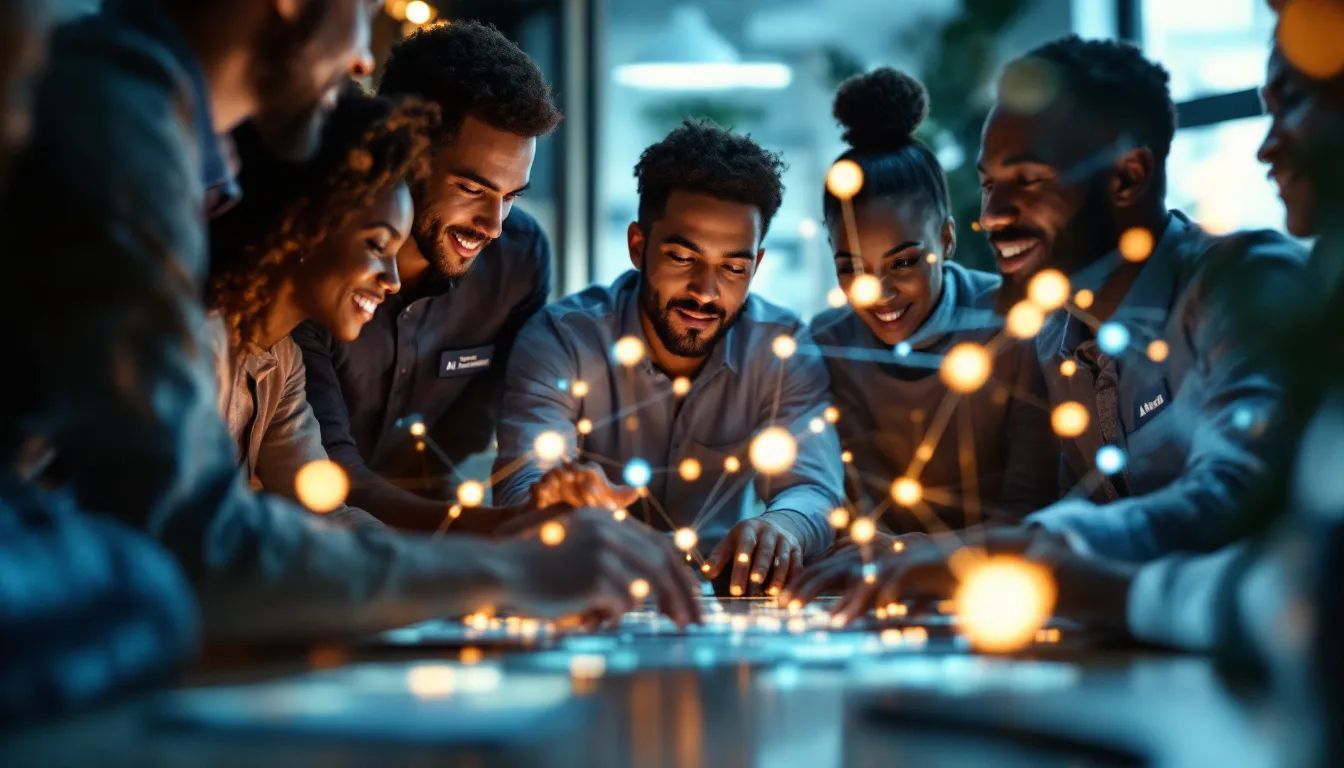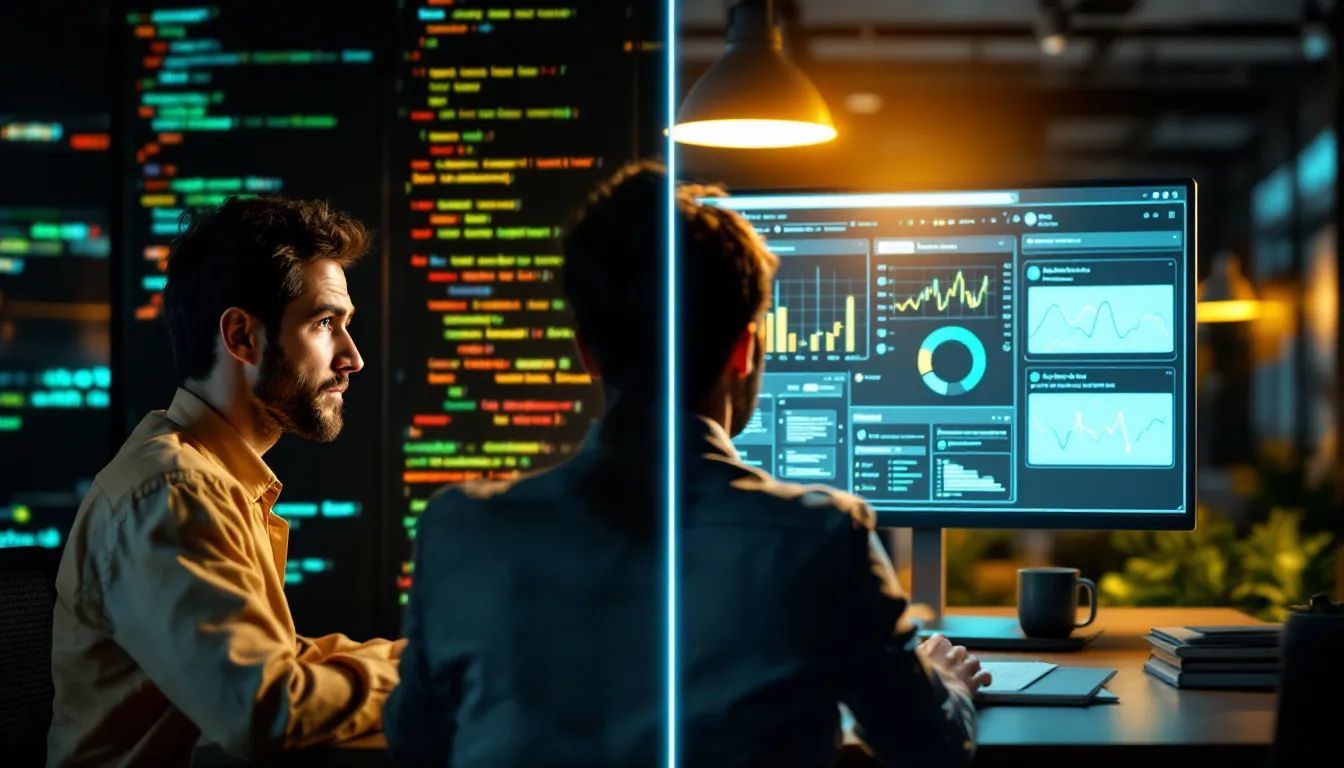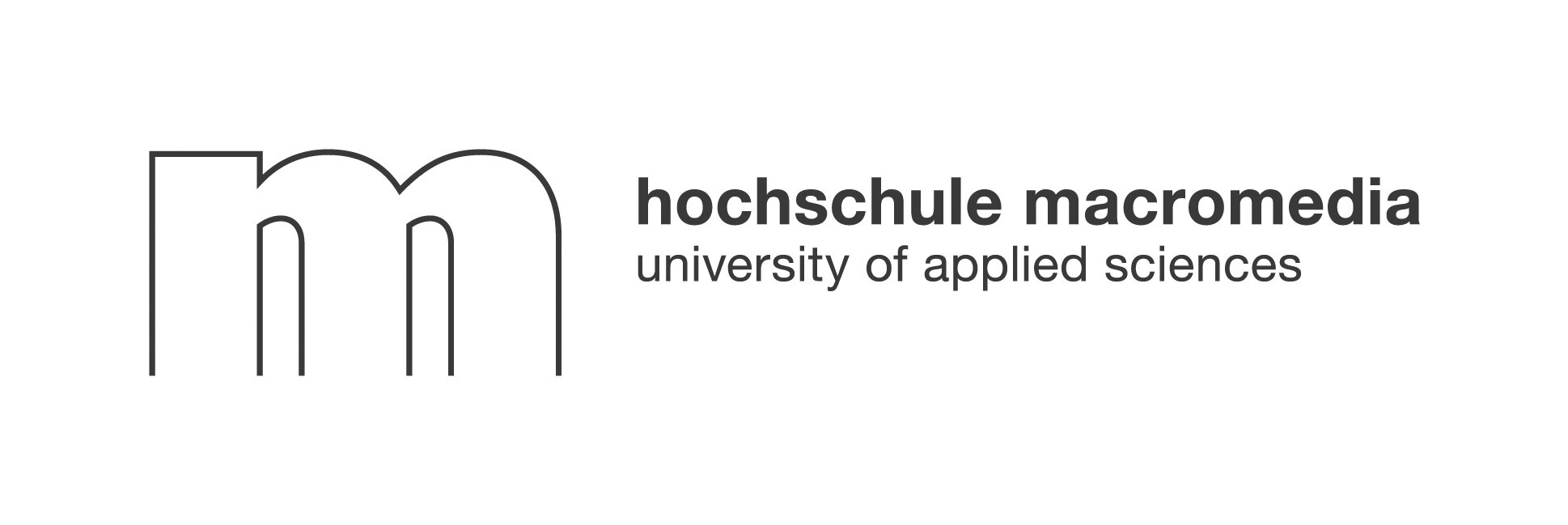In a world where technology is evolving at lightning speed, the question is no longer if artificial intelligence (AI) will shape our workplaces, but how. Using AI to enhance workplace culture is rapidly becoming the secret ingredient for organizations aiming to foster authentic connections, boost engagement, and unlock new levels of well-being and productivity. Yet, many companies still struggle to bridge the gap between digital tools and true cultural transformation. What if the answer lies not in more company-wide events or generic perks, but in AI-powered experiences that feel personal, organic, and genuinely engaging?
Let’s explore how forward-thinking teams can harness AI to revolutionize workplace culture—shifting from impersonal programs to vibrant, tech-empowered communities where everyone feels seen and connected.
1. Culture in the Algorithmic Era: Why It Still Makes or Breaks Businesses
Workplace culture is the invisible thread that holds organizations together. It shapes how people interact, collaborate, and innovate. Even with the rise of AI, culture remains the foundation for business success. However, a new paradox has emerged: while individuals often experience productivity gains from AI tools, organizations as a whole may lag behind in translating these gains into sustained performance.
Studies from MIT Sloan and McKinsey reveal that AI can boost individual productivity by up to 40% when used within its strengths, yet many companies fail to realize these benefits at scale. Why? The answer often lies in the human side of technology adoption. Traditional, top-down cultural initiatives—like large, company-organized events or generic wellness programs—tend to feel impersonal, especially for hybrid and remote teams. Employees may show up, but genuine engagement and lasting connections remain elusive.
“AI’s impact extends far beyond mere efficiency gains, profoundly influencing organizational culture and effectiveness. Companies that successfully navigate the AI integration process can create a positive feedback loop in which AI enhances culture, which in turn drives better organizational performance and competitiveness.”
— MIT Sloan Management Review
In this algorithmic era, the challenge is to use AI not just for automation, but as a catalyst for real human connection and a thriving workplace culture.
2. Assessing AI Readiness: People, Processes and Technology in Harmony

Before launching any AI-driven cultural transformation, organizations must gauge their readiness across three key dimensions: people, processes, and technology. Aligning these elements ensures that AI initiatives don’t just add another layer of complexity, but truly enhance the employee experience.
A quick-start AI culture audit checklist can help teams identify strengths and gaps:
Organizations that score high on these factors are poised to use AI to enhance workplace culture effectively. For those just starting, even small steps—like pilot programs or open forums—can build momentum and trust.
3. Empowering “AI Ambassadors”: Spoke-and-Hub Models that Spread Good Practice
One of the most effective strategies for scaling AI-driven culture is the spoke-and-hub model. In this approach, a central “hub” (often HR or a dedicated culture team) sets the vision and standards, while “spokes”—AI ambassadors embedded in different teams—champion adoption and share best practices.
Recruiting and training AI ambassadors is crucial. These individuals are not just tech-savvy; they’re passionate about creating positive change. They help colleagues navigate new tools, encourage experimentation, and surface valuable feedback.
Here’s how to build a network of AI ambassadors:
- Identify Enthusiasts: Look for employees who are naturally curious about AI and eager to connect others.
- Provide Training: Offer workshops on both technical skills and cultural impact, ensuring ambassadors can answer questions and model ethical use.
- Empower Action: Give ambassadors the autonomy to organize micro-events, gather insights, and suggest improvements.
- Recognize Contributions: Publicly celebrate the efforts of ambassadors to reinforce their role and inspire others.
- Facilitate Peer Learning: Encourage knowledge sharing among ambassadors to keep practices fresh and relevant.
This distributed model ensures that using AI to enhance workplace culture is not a one-off project, but an ongoing, company-wide movement.
4. Policy, Trust and Ethics: Setting Guardrails Without Stifling Innovation
AI’s promise comes with responsibility. Employees need to feel confident that their data is secure, their privacy respected, and that AI is used to empower—not monitor or replace—them. Clear policies and ethical guardrails are essential for building trust and fostering innovation.
Using AI to enhance workplace culture while staying compliant means:
- Defining which data can and cannot be used for cultural analytics.
- Communicating how AI-generated recommendations (such as activity suggestions) are created and how privacy is protected.
- Involving employees in policy development, so rules reflect real concerns and foster buy-in.
“Employees trust their employers most for a safe rollout of AI. Transparent communication and clear boundaries are key to building this trust.”
— McKinsey, 2025
Companies like Neroia set the standard by using anonymized data for HR insights, maintaining a closed, secure community, and integrating seamlessly with existing programs. This approach combines innovation with employee-centricity, making compliance a source of confidence rather than constraint.
5. Lifelong Learning Loops: Upskilling Employees for Human-AI Collaboration
Culture thrives when employees feel empowered to grow alongside technology. AI can be a powerful ally in upskilling, offering personalized learning paths, coaching bots, and peer-driven programs that keep skills sharp and engagement high.
Some practical ways organizations are using AI to enhance workplace culture through learning include:
- Micro-learning modules: Bite-sized, AI-curated lessons on topics like digital collaboration or emotional intelligence.
- AI coaching bots: Virtual assistants that provide feedback, answer questions, and suggest resources tailored to individual needs.
- Peer learning circles: Small groups matched by AI based on shared interests or goals, fostering organic knowledge exchange.
Neroia’s platform, for example, uses AI to recommend not just activities, but also learning opportunities—connecting employees with workshops, webinars, or peer mentors that align with their unique interests and schedules.
“When employees are given space to experiment and learn, they become active participants in shaping culture, not just passive recipients of change.”
— Harvard Business Review
This continuous learning loop ensures that human-AI collaboration is always evolving, keeping the culture dynamic and future-ready.
6. Turning Recognition Data into Insight: Measuring the Pulse of Culture with AI
Traditional surveys and annual reviews often miss the real-time, nuanced signals that define workplace culture. AI changes the game by analyzing recognition data, feedback, and participation trends to provide a living dashboard of cultural health.
From dashboards to decisions, acting on sentiment trends looks like this:
- AI analyzes recognition messages: Spotting patterns in gratitude, collaboration, and innovation.
- Dashboards highlight hotspots: Teams or locations where engagement is thriving—or needs attention.
- Leaders act on insights: Adjusting programs, celebrating wins, or addressing concerns based on real data, not guesswork.
For example, if AI detects a surge in positive feedback around a new micro-event format (like a small-group yoga session), it can recommend similar activities to other teams. This closes the loop between measurement and meaningful action.
“Layering AI technology over existing recognition programs can deliver hidden insights vital to understanding where a company excels culturally, what its employees value, and where it can make meaningful changes to strengthen business outcomes.”
— Workhuman, HBR 2024
By making culture visible and actionable, AI empowers organizations to nurture what matters most.
7. Scaling Success: Keeping Values Intact as AI Projects Go Enterprise-Wide
The ultimate test of any cultural initiative is whether it can scale without losing its soul. As AI-powered programs expand from pilot to enterprise-wide adoption, it’s vital to keep human values at the center.
Here’s how leading organizations ensure their culture grows stronger—not diluted—as they scale:
- Prioritize authenticity: Use AI to recommend activities that reflect real employee interests, not just what’s easy to organize.
- Break down silos: Match employees from different departments or locations for micro-events, sparking new connections and ideas.
- Celebrate diversity: Curate a wide range of activities—cycling meetups, cultural exchanges, wellness sessions—so everyone can find their place.
- Maintain feedback loops: Keep listening and adapting, using AI insights to fine-tune offerings and address emerging needs.
- Protect privacy and trust: As data volumes grow, double down on transparency and ethical standards.
Neroia exemplifies this approach. By leveraging AI to curate micro-events tailored to each employee’s interests and availability, the platform breaks through the limitations of traditional, one-size-fits-all programs. Whether it’s a three-person running group or a spontaneous lunchtime art class, every interaction is designed to feel effortless, authentic, and meaningful.
The result? Employees don’t just participate—they connect, belong, and thrive. As more organizations embrace using AI to enhance workplace culture, this model points the way to a future where technology and humanity work hand in hand to build vibrant, resilient teams.
“AI is not here to replace human connection, but to make it easier for everyone to effortlessly discover and nurture authentic relationships at work.”
— Neroia
The Future: Dynamic, AI-Tailored Interactions Over Rigid Programs

The old playbook—large, impersonal events and static wellness offerings—no longer meets the needs of today’s diverse, hybrid, and remote teams. Employees crave experiences that feel personal, flexible, and genuinely enjoyable. AI makes this possible by curating micro-events that fit individual interests and busy schedules.
Neroia’s vision is clear: replace rigid, top-down programs with a living culture powered by AI-driven micro-events. Early pilots, like yoga sessions and company runs coordinated by AI chat, have already shown how small groups can spark big engagement—even in dispersed teams. The platform’s commitment to privacy, seamless integration, and adaptability ensures that every employee can participate on their own terms.
Why Traditional Approaches Fall Short
- Impersonal: Large-scale events often fail to create real bonds.
- Planning friction: Organizing activities is time-consuming and rarely inclusive.
- Hybrid disconnection: Remote and hybrid workers feel left out of in-office happenings.
- One-size-fits-all: Generic programs don’t reflect diverse interests or schedules.
How AI-Driven Micro-Events Change the Game
- Personalized: AI recommends activities based on true interests.
- Effortless: No manual coordination—AI handles invitations and logistics.
- Inclusive: Small groups make it easy for everyone to participate, wherever they are.
- Dynamic: The platform learns and adapts, keeping experiences fresh and relevant.
Bullet List: The Benefits of AI-Powered Cultural Transformation
- Boosts employee well-being and reduces loneliness.
- Sparks authentic engagement that lasts beyond the event.
- Breaks down silos between teams, locations, and roles.
- Increases productivity by fostering collaboration and knowledge sharing.
- Makes culture measurable and actionable in real time.
Bullet List: Key Features of Neroia’s AI-Driven Platform
- Curates micro-events (sports, wellness, cultural) tailored to each user.
- Ensures privacy with anonymized data and a secure, closed community.
- Integrates with existing benefits and external resources for flexibility.
- Offers real-time analytics for HR while protecting individual identities.
- Supports hybrid and remote teams with inclusive, easy-to-join activities.
Ordered List: How to Get Started with AI-Driven Culture
- Assess Readiness: Use the AI culture audit checklist to understand your starting point.
- Empower Ambassadors: Recruit and train AI champions to drive adoption.
- Set Clear Policies: Build trust with transparent, employee-centric guidelines.
- Pilot Micro-Events: Launch small-scale, AI-curated gatherings and gather feedback.
- Measure and Adapt: Use AI analytics to refine offerings and scale what works.
Conclusion: The Human Side of AI-Powered Culture
As the workplace continues to evolve, the most successful organizations will be those that use AI not to replace human connection, but to amplify it. By focusing on small, meaningful interactions—curated and coordinated by intelligent technology—companies can create cultures where everyone feels included, valued, and inspired.
Neroia is leading the way in using AI to enhance workplace culture, helping teams break silos, ignite engagement, and build the kind of vibrant, resilient communities that drive real business results. As more companies follow this path, the future of work looks not just more efficient, but more human.
Ready to see how AI can transform your workplace culture? Neroia’s platform offers the most flexible, employee-centric solution for building authentic connections—wherever and however your teams work.




